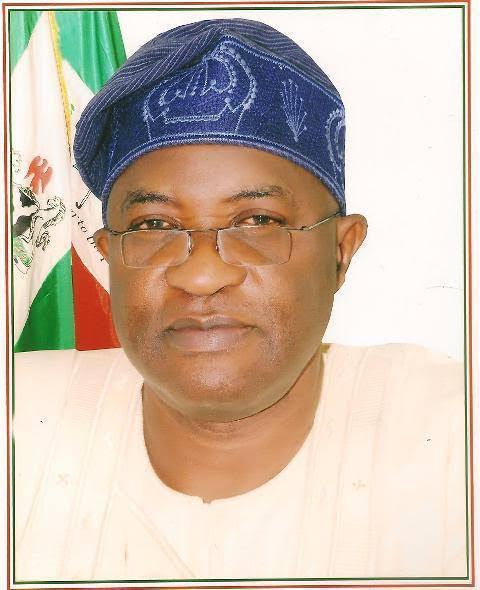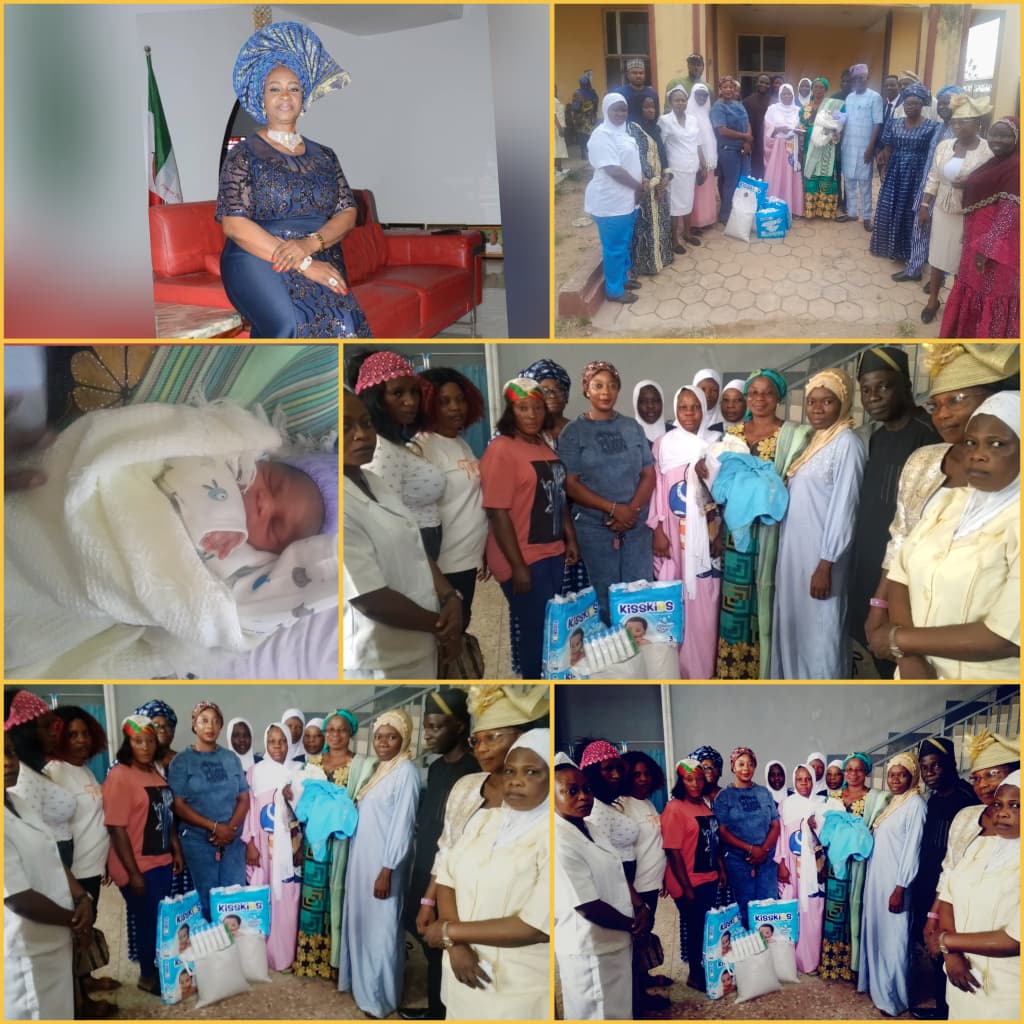AfCFTA SERIES PART IV
DISPUTE SETTLEMENT MECHANISM (DSM) FRAMEWORK IN THE AFRICAN CONTINENTAL FREE TRADE AGREEMENT (AFCFTA)
By Chidimma Onyiaorah LL.M, MCIArb
- THE AFCFTA AGREEMENT DSM IN CONTEXT OF AFRICAN DISPUTE SETTLEMENT
There are different mechanisms for dispute resolution in Africa at different levels: national and regional and for different types of disputes. The AfCFTA DSM is modelled after the WTO-DSM. Although the records are poor on the usage of African states of this model, the AfCFTA-DSM is not the first time that African states would adopt a WTO-based dispute system.[1] There have been previous adoption of the WTO rule based system in the Southern African Development Community (SADC), the Common Market for Eastern Africa and Southern Africa (COMESA) and the Tripartite Free Trade Area (TFTA) Agreements.[2] According to the AfCFTA’s principles, state parties commit to use the Regional Economic Communities (RECs) as the building blocs for the AfCFTA and to draw on their best practices.
What is a natural problem worth exploring from this is the consequent overlapping of institutional provisions for dispute settlement that may occur with the existence of different RECs and the AfCFTA. Article 19 provides specifically for ‘Conflict and Inconsistency with regional agreements’ and seeks to put a resolution to the question of how to fix this issue. It provides that where there is any conflict or inconsistency between the provisions of the AfCFTA and any regional agreement, the provisions of the AfCFTA shall prevail in respect of the specific inconsistency. However, where an REC, customs union or regional trade arrangement has achieved a higher level of integration than the AfCFTA, the higher levels shall prevail.[3] While this is an important provision for negotiating the coexistence of the AfCFTA-DSM with other DSMs on the continent, the practicality of its operation is one to be anticipated with much difficulty. This is because today, the other agreements and systems have a time advantage and may in a lot of ways have a higher level of integration than the AfCFTA on any such matter of inconsistency. But this may only be a logical point than correct one, time will tell.
Article 19 further operationalises the principle of variable geometry in its establishment of the relationship between the RECs and the AfCFTA as argued by Ansong.[4] But more than this, the article appears to indicate that existing legal structures under the RECs will be integrated into the AfCFTA framework,[5] the reference in the AfCFTA text to the acquis principle, which is also noted in Article 5, could highlight that the AfCFTA will not fully take on the task of reconciling overlap (and legal differences) among the RECs.[6]
Second to note is that African States will have to show a different attitude to the AfCFTA DSM for its efficacy if it must work. This attitude must start with the shift from apathy to actual use of the DSM in settling disputes. For instance, established in 1992, the SADC Protocol on Trade Tribunal adopted the WTO rules and dispute settlement procedures as one of the means to settle disputes arising from the Agreement.[7] In particular, Annex VI outlines the procedure for the settlement of disputes between member states of the SADC.[8] While making provisions for the economic integration of the region, [9] it will also be very expected that there should be a rich body of jurisprudence since its establishment in 1992. But the records are poor because the members of the SADC can opt to seek dispute settlement at other forums different from that provided by the Treaty.[10]
Even with Article 19 that seeks to clarify inconsistencies, it still means that the member states of the AfCFTA will have the opportunity to forum shop under the Agreement. This was a similar problem as highlighted by Joost Pauwelyn in his analysis on the SADC Protocol on Trade and the WTO agreements.[11] Clement Ng’ong’ola although in support of the WTO DSM’s adoption for the security of implementation and institutional fairness it portends, still criticised the historical apathy as proof of the lack of appreciation of the institutional effects of the WTO and a strategy towards regional economic integration.[12] A case for the utilisation of the WTO-styled DSM can be made on the fact that it provides a more politically unpopular scenario as it follows fair rules for member states; but in the same vein, this produces the issue of possible non-recognition and enforcement of judgments.[13] This was evinced in the decision in the case of Campbell v Republic of Zimbabwe[14] where in the SADC Tribunal’s decision was not recognized nor enforced and led to the consequent suspension of the SADC Tribunal in 2011.
Apart from such behavioural issues is the other issue of sovereignty and national legislative systems with possible inconsistencies with procedures within international agreements. Many of which show the discontent of African states for international dispute resolution methods. A ready Section 28(4) of Namibia Investment Promotion Act 2016 which provides that ‘the jurisdiction over disputes relating to this Act lies exclusively with the courts of Namibia, but the Minister and investor or investment, as required by the circumstances of the alleged breach of rights or obligations, may, by written agreement, agree to arbitration in accordance with the Arbitration Act, 1965 (Act No. 42 of 1965) in Namibia’.[15] In Tanzania, the section 11(2) of the Natural Wealth and Resources (Permanent Sovereignty) Act 2017[16] provides that ‘disputes arising from extraction, exploitation or acquisition and use of natural wealth and resources shall be adjudicated by judicial bodies or other organs established in the United Republic and in accordance with laws of Tanzania.’ They ‘shall not be a subject of proceedings in any foreign court or tribunal.’ More recently, Tanzania terminated its bilateral investment treaty with the Netherlands.[17] What this means is that there are different examples around the continent of States that may have the AfCFTA DSM being inconsistent with the provisions of their national laws, for which the Article 19 does not have a resolution for. More importantly, do these national laws show a shift from using international dispute mechanisms for African disputes?
- IMPROVING THE DSM FRAMEWORK OF THE AFCFTA
One of the significant findings from the previous section of this work is a behavioural / attitudinal context that dispute settlement in Africa must consider in creating any mechanism for an Agreement like AfCFTA to record success. If there must be an improvement, there needs to first be a review of the AfCFTA Agreement’s WTO-rule-based DSM to reflect the judicial attitude of African states to trade dispute settlement. As James Gathii’s posited:
‘the AfCFTA can learn both from the experience of the WTO’s dispute settlement system as much as from the non-litigious settlement of disputes from Africa’s sub-regional systems. In addition, the experience and expertise of the sub-regional courts in Africa should inform how the AfCFTA’s dispute settlement system develops and evolves.’[18]
With the current provisions of the Protocol on Rules and Procedure of Dispute Settlement, only Member States have locus standi to bring any action for the enforcement of the rights and obligations under the AfCFTA Agreement. This may hinder private actors that may have legitimate redress to seek, and such is delayed or denied for state negligence. Another angle may be that this can increase the chances of changing the history of formal trade dispute apathy or non-utilisation of the WTO-style DSM. Further, the opening up to private actors will create opportunities for even stronger regional economic integration at other levels than just national as it currently stands today. In Polytol Paints & Adhesives Manufacturers Co. Ltd v The Republic of Mauritius,[19] a non-state party rightfully sued a State party before the COMESA Court of Justice to enforce trade aspects of the COMESA Treaty. Also, there was a ruling on the violation of EAC Common Market Protocol in the British American Tobacco Uganda Limited v Attorney-General of Uganda,[20] case. This demonstrates the possibility of a non-state party seeking redress in a regional court. These private institutions relate directly with states on policy implementation and have issues that will require adjudication. To oust them completely may be the undoing of the AfCFTA Agreement’s DSM.
It is important to curb the issue of forum shopping. Member States must submit and declare full commitment to the AfCFTA dispute settlement mechanism. Such a statement needs to be clear and unequivocal as to the manner of dealing with inconsistencies while getting commitments from State and private actors to be submitted to a commercial arbitration system. There must be a collective political will towards a body of laws regulating the African economic space.
There may be a need to reconsider the provisions on the remedies available to parties that seek redress using the DSM. Presently according to Article 25 of the DSM Protocol, compensation and retaliation are the ultimate remedies for the violation of AfCFTA obligations. The viability of retaliation has been questioned and is identified as one of the reasons why African countries do not use the WTO dispute settlement mechanism. [21] Mosoti justified this on the basis of weak and wealthy nations. Within a continent with such extreme circumstances of wide gaps of development and economic size between nations, this may not be a viable and practical remedy available to parties. While these may help to begin the process for improving the AfCFTA Agreement’s DSM for better efficiency in resolving disputes within the objectives of the Agreement, it is worth re-emphasizing that the political will of the member states will be a great determining factor of the Agreement and its DSM’s success.



